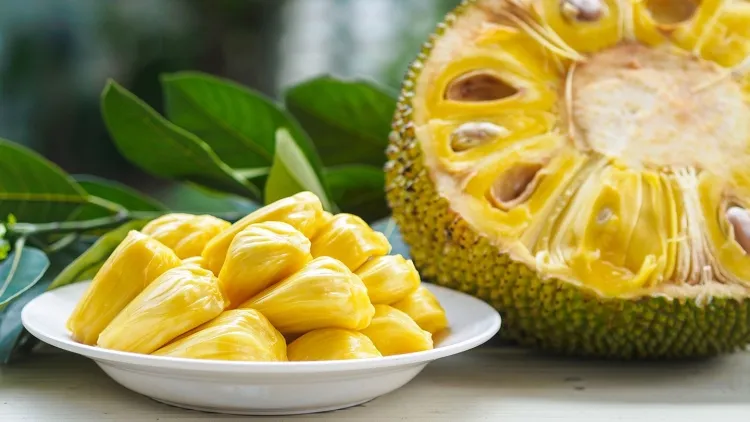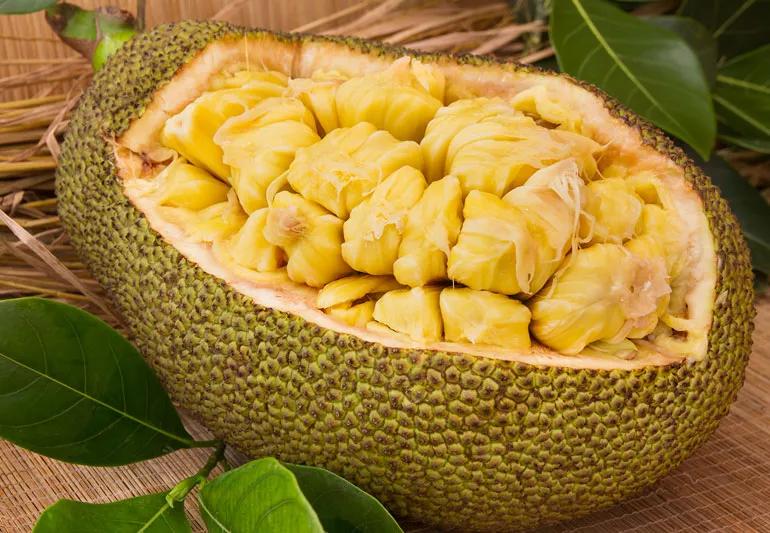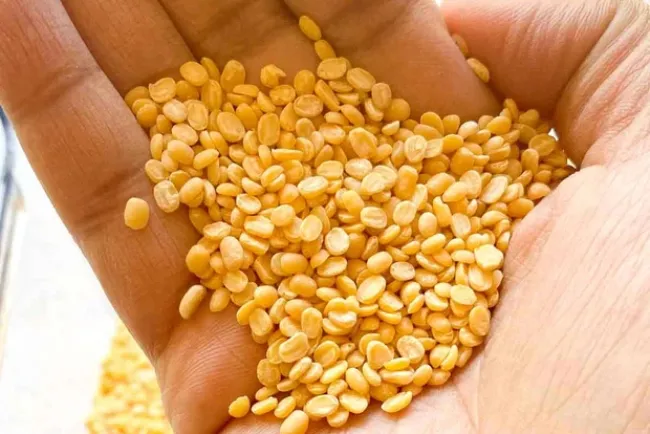Uses of Jackfruit...!!!
Jackfruit is an incredibly versatile fruit with extensive uses in culinary, medicinal, and industrial fields. Its cultivation necessitates specific climatic and soil conditions, but with proper care, it yields abundant and nutritious fruits. Whether enjoyed fresh, cooked, or utilized in various products, jackfruit remains a valuable resource for both nutrition and industry.

Jackfruit, scientifically known as Artocarpus heterophyllus, is a versatile tropical fruit native to India and Malaysia. It holds the title of the largest tree-borne fruit in the world, with each fruit weighing between 3.5 to 25 kg. Not only is jackfruit delicious, but it is also packed with nutrients, making it a valuable addition to diets and various industries.
Uses of Jackfruit
Culinary Uses
-
Ripe Jackfruit: The sweet flesh of ripe jackfruit can be enjoyed fresh or used in desserts such as cakes, ice creams, and smoothies. It is also a key ingredient in making jams, jellies, and juices.
-
Unripe Jackfruit: The unripe fruit has a texture similar to meat and is commonly used as a vegetable in various dishes, especially in South and Southeast Asian cuisines. It is often employed as a meat substitute in vegetarian and vegan recipes.
-
Jackfruit Seeds: The edible seeds can be boiled, roasted, or incorporated into curries and traditional dishes. They have a nutty flavor reminiscent of Brazil nuts.
-
Jackfruit Chips: The unripe jackfruit can be seeded and fried to create tasty chips.
Non-Culinary Uses
-
Medicinal Uses: Jackfruit is endowed with various medicinal properties, including anti-cancer, anti-ulcer, and anti-inflammatory effects. It is used in traditional medicine to treat skin diseases, asthma, and digestive disorders.
-
Industrial Uses: The wood of the jackfruit tree is valued for making furniture due to its resistance to termites. The latex from the bark is utilized to plug holes in earthenware and baskets.
-
Animal Feed: The skin and leaves of the jackfruit tree serve as nutritious feed for cattle.
Cultivation of Jackfruit
Climate and Soil Requirements
-
Climate: Jackfruit thrives in humid tropical and near-tropical climates. It is sensitive to frost and cannot endure drought conditions.
-
Soil: The tree flourishes in rich, well-drained sandy loam soil with a pH value of 6.0 to 7.5. Proper drainage is crucial as it cannot tolerate waterlogging.
Planting and Propagation
-
Planting: Jackfruit trees are typically planted in well-prepared soil with excellent drainage. The land should be weed-free and finely tilled.
-
Propagation: Jackfruit can be propagated through seeds or grafting. While seeds are the most common method, grafting ensures better quality and faster growth.
Care and Maintenance
-
Watering: Regular watering is essential, particularly during the dry season. However, overwatering should be avoided to prevent root rot.
-
Fertilization: The growth of the jackfruit tree can be enhanced by supplementing the soil with organic fertilizers.
-
Pest and Disease Control: Jackfruit trees are generally resilient to pests, but occasional pruning and monitoring can help prevent infestations.
Harvesting
-
Ripe Jackfruit: The fruit is harvested when fully ripe and emitting a sweet aroma, typically between April and July.
-
Unripe Jackfruit: For culinary use, unripe jackfruit is harvested while still firm and possessing a mild taste.
Jackfruit is an incredibly versatile fruit with extensive uses in culinary, medicinal, and industrial fields. Its cultivation necessitates specific climatic and soil conditions, but with proper care, it yields abundant and nutritious fruits. Whether enjoyed fresh, cooked, or utilized in various products, jackfruit remains a valuable resource for both nutrition and industry.
What's Your Reaction?


















